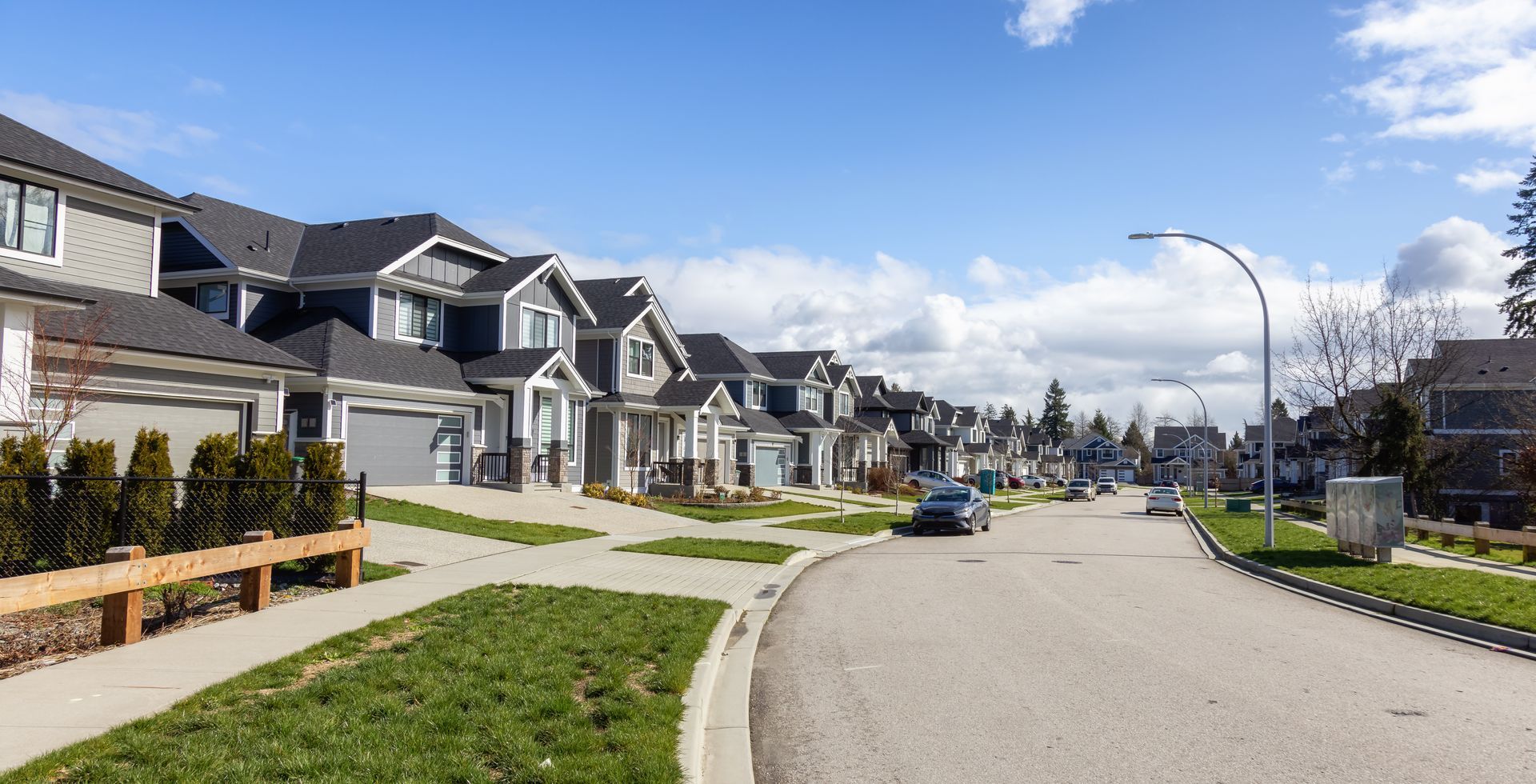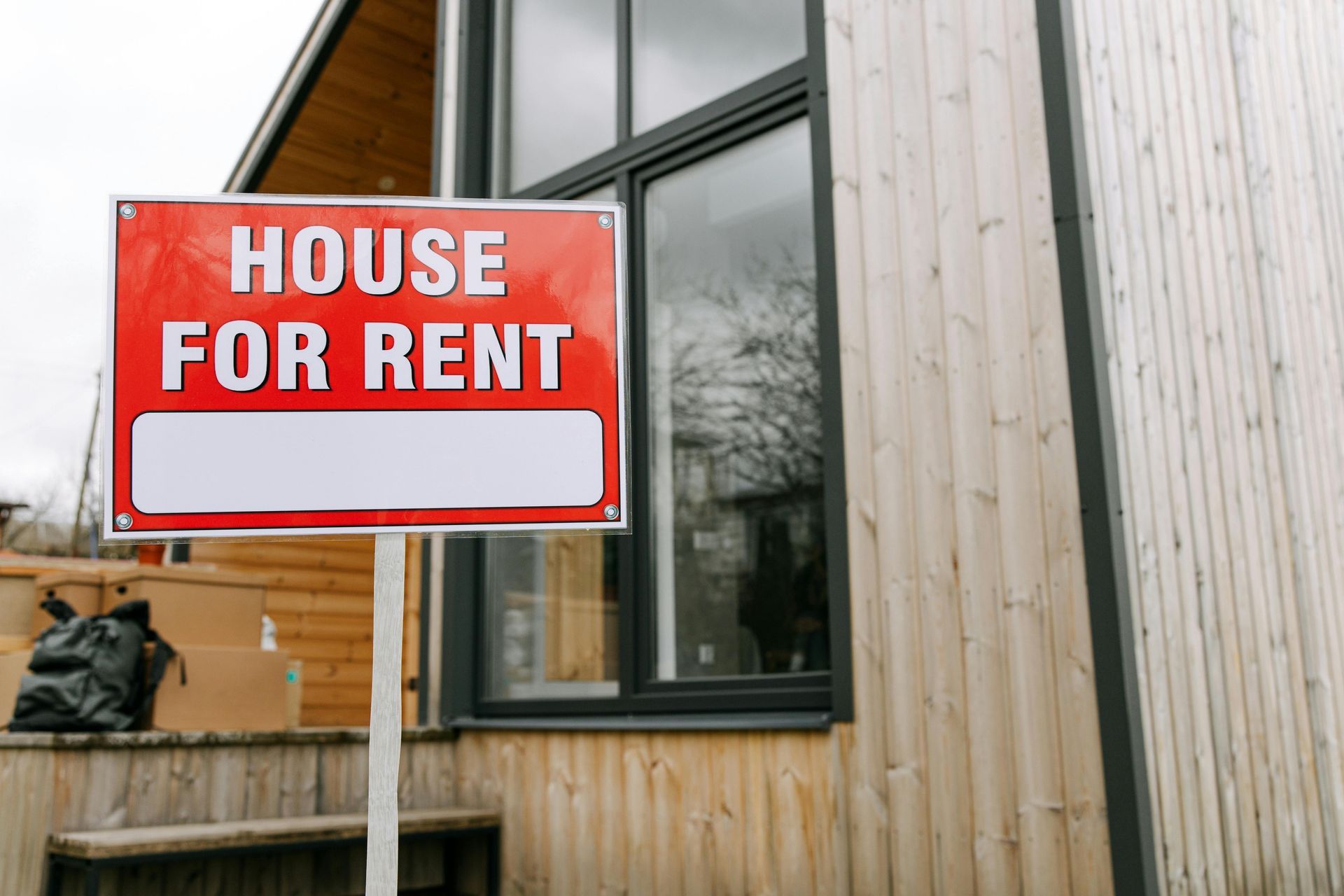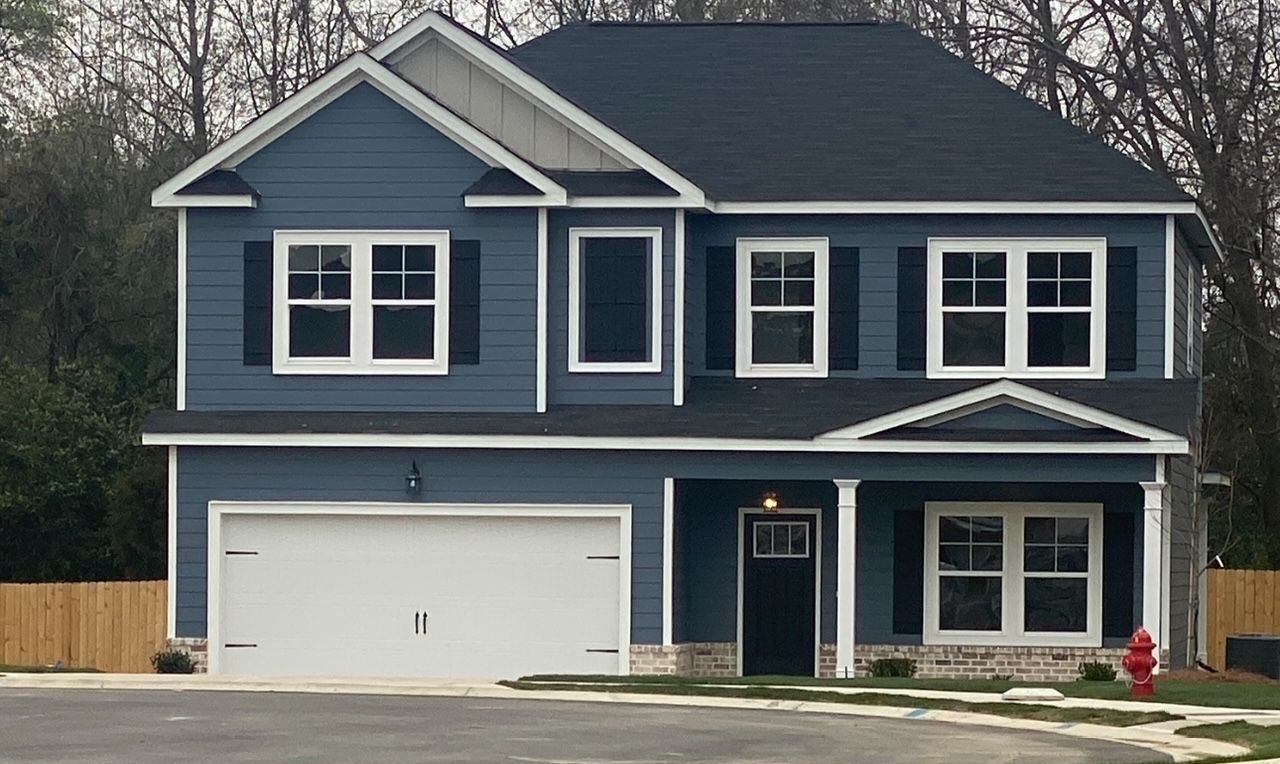House-flipping profits rise as properties become scarce
Original story here: http://www.orlandosentinel.com/business/os-orlando-house-flippers-20150807-story.html
If Orlando had a house-flipper show, the investor buyers might be frustrated trying to find properties — but once they did, the episode would end with the sellers getting higher returns than a year ago.
The chances of seeing house flippers buying and selling properties on any given block in Metro Orlando were down 12 percent during the past year, according to a quarterly report by RealtyTrac. It tracked homes that sold within a year of being purchased.
Orlando builder Ryan Courech said he had been flipping 10 to 15 houses annually for several years but buyers backed by deep-pocket hedge funds, such as Blackstone, scooped up many of the prime residential candidates for flipping.
“There are deals out there, but we’ve moved into new construction on high-end houses in Maitland and Winter Park,” said Courech, a managing principal with Meridian Homes. “It’s more sustainable.”
With its distinction as a hotbed of foreclosures nationally, the Orlando housing market has been teeming with flippers since the market began to slide in 2007 and bottomed out about five years ago. Even years into a fast-paced recovery, Central Florida still attracts more flippers than most regions in the country, but that particular breed of investor buyer appears to be diminishing.
A year ago, 7.7 percent of homes sold in Orange, Seminole, Osceola and Lake counties were considered flips. During the most recent quarter, that percentage dropped to 6.8 percent. In all, 512 flipped houses sold in the four-county area during the second quarter, RealtyTrac said Thursday.
In the Orlando area, finding houses has been a challenge not just to flippers but to all buyers. The Orlando Regional Realtor Association reported that the inventory of listings in the core Orlando market of Orange and Seminole counties shrunk to 3.51 months in June from 4.01 months’ worth in June 2014.
While the rate of investor-driven resale houses has dropped both from the beginning of the year and from a year ago, Orlando still has a higher share of flips than the national share of 4.5 percent. Florida ranked second to the District of Columbia for the share of flipped houses and second to California for the number of those properties.
Profits are up for those investors who have been able to find houses. The gross profit margins in the second quarter were 38.9 percent, up from 34.3 percent a year earlier and outpacing the national margin of 35.9 percent. Those profits don’t reflect the money spent improving the properties.
Former Winter Springs resident Bruce McNeilage purchases houses for flipping or renting.
“We don’t see this as a negative that the big boys are slowing down or stopping,” he said. “For the smaller guys, there’s fewer groups chasing the opportunities.”
He pointed to parts of the Seminole County, DeBary and Deltona as having pockets of affordable product with demand for quality rental and homes that have had quality rehabs.
“Quite frankly, our margins are good in Florida,” he said.
RealtyTrac spokeswoman Ginny Walker said the boost in profits this year is in part thanks to a dip in interest rates, allowing buyers to afford higher-priced homes.
The better flipping returns are showing up in lower- to moderately priced markets such as Orlando, but also Jacksonville, Baltimore, St. Louis, Memphis and Dayton, Ohio, she said.
mshanklin@tribune.com or 407-420-5538








